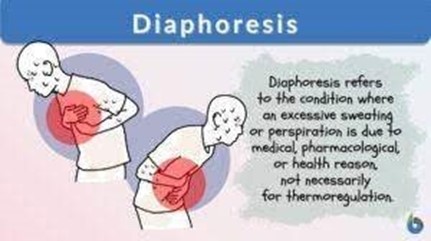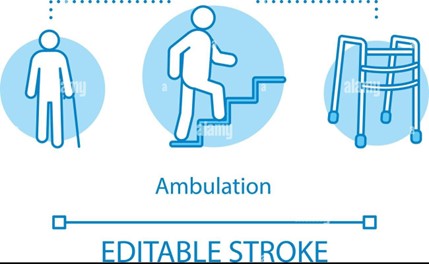A client has been diagnosed with diabetes mellitus and must learn how to do his own finger stick blood sugar analysis as part of his treatment. The client has been sullen and uncommunicative since receiving the diagnosis. How can the nurse best increase the client's motivation to learn?
Encouraging the client's participation each time the procedure is performed
Offering to do the procedure for the client each time it is scheduled
Teaching the client's support system how to perform the procedure
Demonstrating the finger stick procedure on the nurse
The Correct Answer is A
The best way to increase the client's motivation to learn is by encouraging their participation each time the procedure is performed. This can help the client feel more involved in their own care and increase their confidence in performing the procedure. The other options (Offering to do the procedure for the client each time it is scheduled, Teaching the client's support system how to perform the procedure, and Demonstrating the finger stick procedure to the nurse) may not be as effective in increasing the client's motivation to learn.
Nursing Test Bank
Naxlex Comprehensive Predictor Exams
Related Questions
Correct Answer is C
Explanation
Subjective data refers to information that is reported by the client and cannot be directly observed or measured by the healthcare provider. In this case, the statement "leave me alone" is an example of subjective data that the nurse should document. This information provides insight into the client's feelings and emotions and can help guide the nurse's care and interventions.

Correct Answer is B
Explanation
An appropriate outcome statement for a client with a discharge goal of improved mobility should be specific, measurable, achievable, relevant, and time-bound. In this case, the outcome statement "Client will ambulate without a walker by 6 weeks" meets these criteria. It specifies the desired outcome (ambulating without a walker), provides a measurable goal (6 weeks), is achievable and relevant to the client's goal of improved mobility, and includes a time frame for achieving the goal. The other statements are not specific or measurable enough to be considered appropriate outcome statements.

Whether you are a student looking to ace your exams or a practicing nurse seeking to enhance your expertise , our nursing education contents will empower you with the confidence and competence to make a difference in the lives of patients and become a respected leader in the healthcare field.
Visit Naxlex, invest in your future and unlock endless possibilities with our unparalleled nursing education contents today
Report Wrong Answer on the Current Question
Do you disagree with the answer? If yes, what is your expected answer? Explain.
Kindly be descriptive with the issue you are facing.
